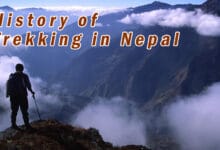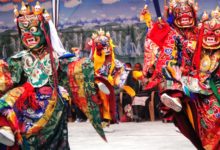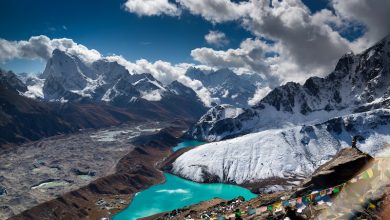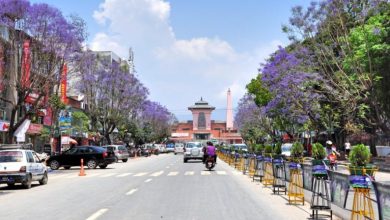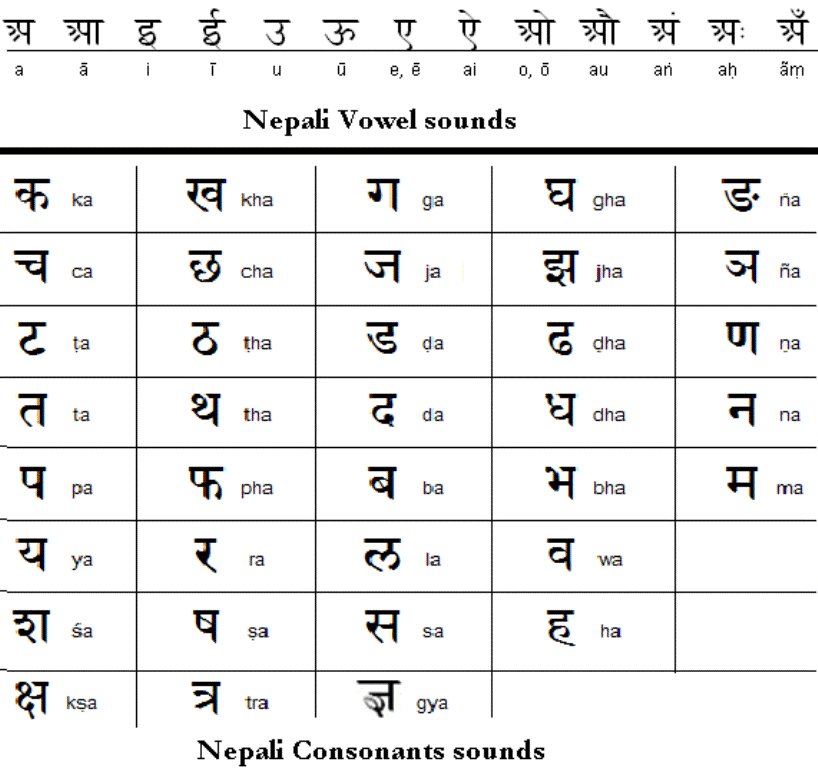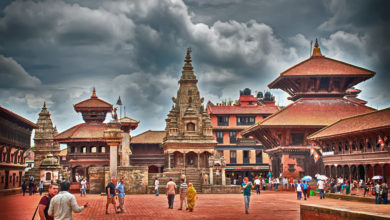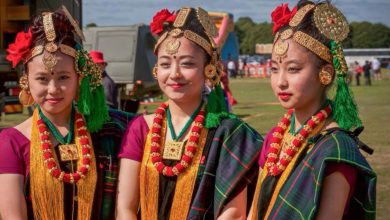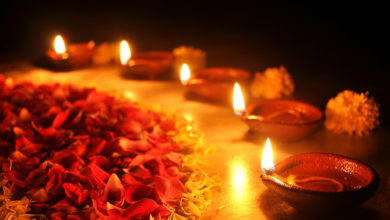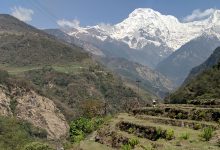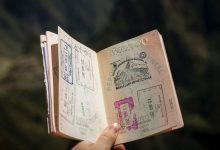Archaeology of Nepal
Archaeologists working in Nepal have uncovered evidence of a structure at the birthplace of the Buddha dating back to the sixth century B.C. This is the first archaeological material linking the life of the Buddha and thus the first flowering of Buddhism to a specific century.
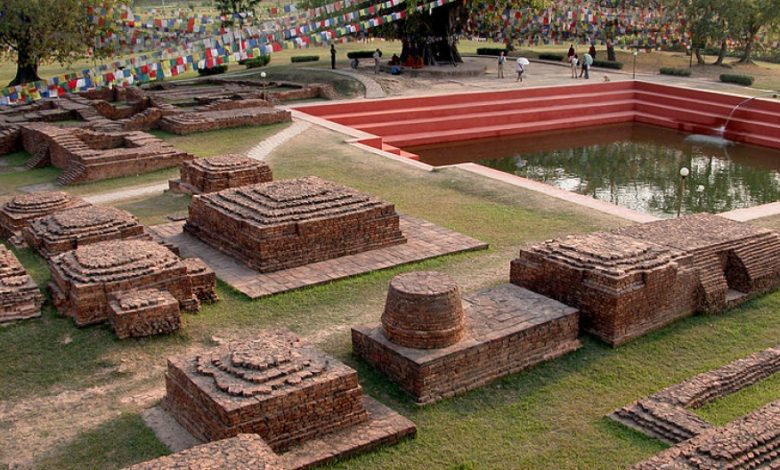
Over the past few decades, much archaeological work has been conducted in the Terai region of the country where Nepal’s first settlements were probably located. Tilaurakot for example used to be the capital of the Shakya dynasty and is situated in Kapilvastu district in western Nepal. The Present archaeological site extends over an area of more than five kilometers. The central portion, measuring approx.
Five thousand meters by four thousand meters is surrounded by the citadels of three periods. The first and second are made of mudding from 600 to 200B.C. while the third wall appears to have constructed with kiln-burnt bricks and was probably build around 150 BC. The eastern gate, the eastern stupa, the Ashita Apsidal Stupa, and the defense wall were discovered at the site.
Recent excavation brought to light the majestic western gateway complexes including the watchman’s room, six meters broad roads of different periods (with card-track impressions), the moat on the east and west, three periods of defense walls and the northern twin stupas with sixteen and seven-meter diameters, made and enlarged between the fourth and second centuries B.C.
The central portion of the site has also been excavated and various brick structures belonging to the third century BC to the second century AD have been unearthed. Water storage tanks, big jars, brick and terra-cotta ring wells, and a fire-altar have also been found. Other antiquities discovered at the site are human and animal terracotta figurines (dated 400 B.C. to 200 AD), silver punch-marked coins, early cast coins with symbols, Kushan coins, and pieces of Sunga and Kushan pottery.
Apart from these antiquities practical items such as terra-cotta cartwheels, gamesmen’s figures iron implements, nails, arrowheads, bone and copper rods, dice, and fishing hooks have also been found.
Nepal’s important archaeological sites
Gotihawa
These ancient ruins are situated nearly eleven kilometers south of Taulihawa, the present district headquarters. To the north of the Gotihawa village, there is an ancient brick stupa and an Ashokan monolithic column. The lower portion with its square granite base stone is still intact but the crowning features and inscriptional portions are mission. The site can be safely identified as the Nirvana stupa of Kakuchhanda Buddha (one of the previous Buddhas), whose hometown lies within one kilometer of this stupa-pillar complex.
Sagarahawa
This site is located nearly two km north of Tilaurakot on the bank of the Banganga river. It was excavated in 1896 and seventeen miniature stupas were found there. In the same general region, sites of ancient civilization have been identified at Lumbini, Banjarhi, Nipaniya and Kadyatawa to mention just a few names. Several eastern regions of the country, the most important which are Bhediari, Varahakshetra, Janakpur, and Simarangarh.
Bhediari
Located nearly ten km south of Biratnagar, the ancient ruins this site have revealed many important brick temples, one of which has been fully excavated. It appears to have been built in the Sunga period and shows two phases of construction. There is a two-meter high rectangular platform supported from the inside by cross walls. So far no image either of stone or terra-cotta has been found during the excavations; however, a number of silver punch-marked coins have been found.
Varahakshetra
This is another important temple site located at the confluence of the Koka and Koshi rivers. The site is known to belong to the period of later Guptas who had issued a copper grant for the two Varaha images found there. Apart from these images, there are many miniature Gupta period temple replicas, which suggest that during the sixth to the seventh centuries AD, many such temples, and idols were made.
Narasingha Tappa
Some years ago, while cultivating lands at Narasingha Tappa, close to the present town of Ithari, an idol of Vishnu was discovered. The image belongs to the fifth or sixth century AD and is based on the Gupta art school tradition. It has now been temporarily kept inside a local Shiva Temple. The site, according to local people also contains pottery items, indicating that it was inhabited as early as the Gupta dynasty (4th – 5th centuries AD)
Janakpur
At Rama-Janaki temple complex near Janakpur there is an important image depicting Uma lying over a bed and feeding a baby. Ganesh and Kumar are also depicted in the panel while on the top of the scene is a Shiva Lingam. The piece dates from the 12th or 13th century AD and belongs to the Karnataka’s of Simarangarh. Some auspicious Symbols on the piece prove that it influenced the Malla art period of Katmandu.
Simarangarh
This was the old capital city of the Karnataka’s of Mithila and was built by King Nanyadeva in 1097-98AD. The ruins of the city extend over the area of 16km, the whole area still being surrounded by high kiln-burnt bricks. There are more than one hundred images and sculptures scattered all over the area. Most are made of black cist stone and are nicely polished; however, a few are also made of sandstone. The images represented at the site are of Vishnu, Narayan, Lakshmi-Narayan, Shankarsana, Garudopari Vishnu, Uma-Maheshwara, Durga, Shiva and Surya (both types standing and holding lotus flowers while leaning over a seven-horsed chariot). In different parts of Simarangarh, there are remains of temples and gateways of the old city.
Other sites bearing Karnataka images and sculptures are Kanchanpur (near Rajbiraj), Murtiya (west of Janakpur), and Valmiki Nagar (near the Gandaki Barrage), as well as several other places between the Gandaki and Saptakoshi rivers.


